Toyota Supra is a next-generation testament to classic sports car design
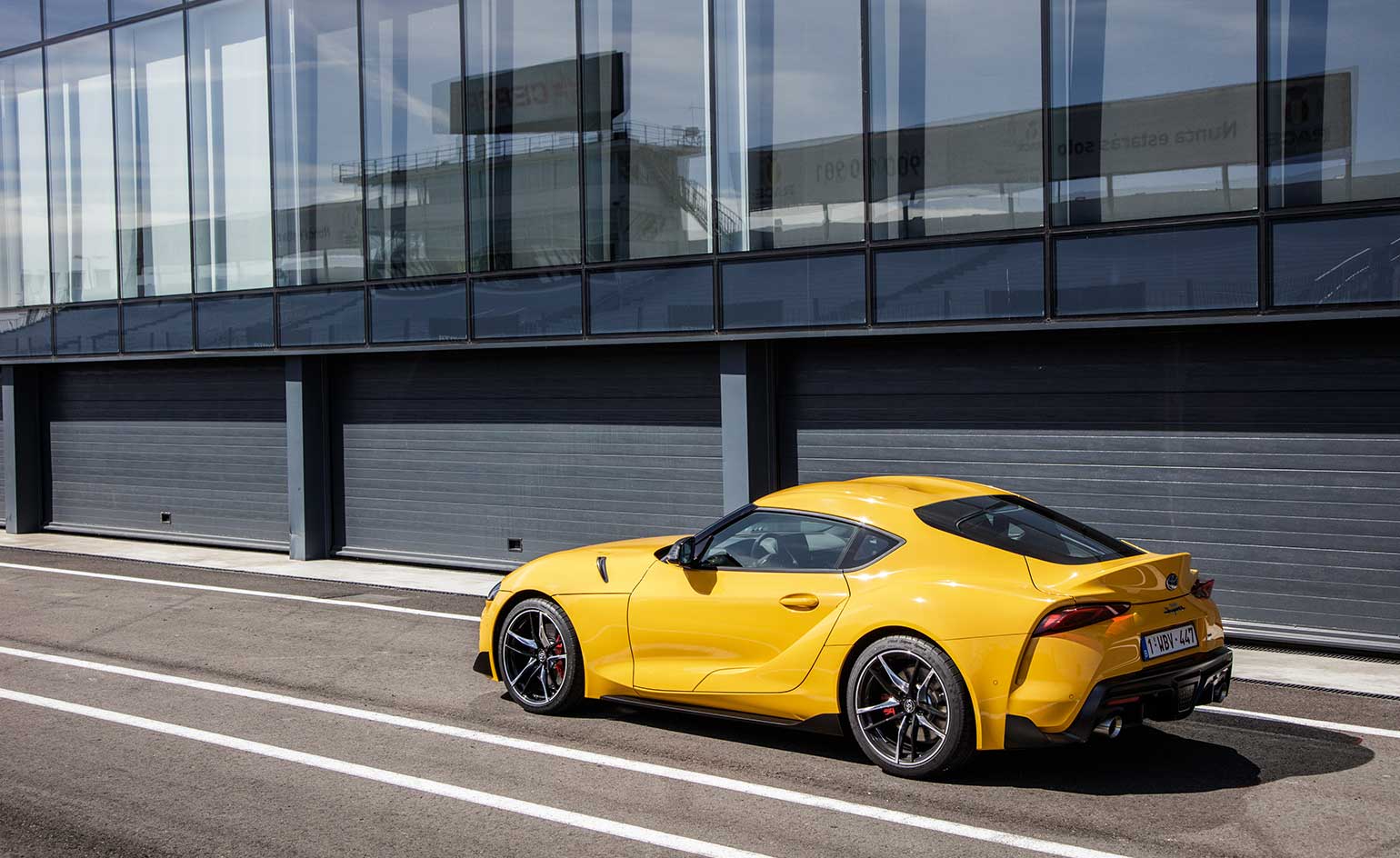
The new Toyota Supra is that increasingly rare beast – certainly from a metropolitan perspective; it is a car designed purely around the joy of driving. Throughout modern history, regardless of the strictures on automobile use, there have always been purist sports cars, and perhaps there always will. It’s telling, however, that the world’s largest car maker, still feels that such a microscopic niche is worth the effort. Yet unusually for Toyota, this car is a co-production, developed in close collaboration with BMW and sharing a chunk of its mechanicals, along with its Austrian production line, with BMW’s new Z4 Roadster.
In a straightforward battle of aesthetics, the Toyota wins hands down over the Z4, but there’s still something frustratingly contrived about the way the long nosed, stubby-tailed shape is detailed. The proportions are the best bit, for this is a classic sports car layout that somehow never gets old. Certainly some of the design elements are spot on, like the Zagato-style double-bubble roof (a nod to Toyota’s iconic 1967 2000GT) and steeply raked rear screen, but the bulbous rear flanks and clutch of fake vents that bleed out of the edges of the front and rear light clusters, in the doors and on the bonnet don’t bear close scrutiny. They might look purposeful but are too much of a blatant nod to the Supra’s historic role as a car for tweakers, customisers and lairy performance enthusiasts (you will struggle to find an example of the earlier Supra’s in pristine, factory fresh condition).
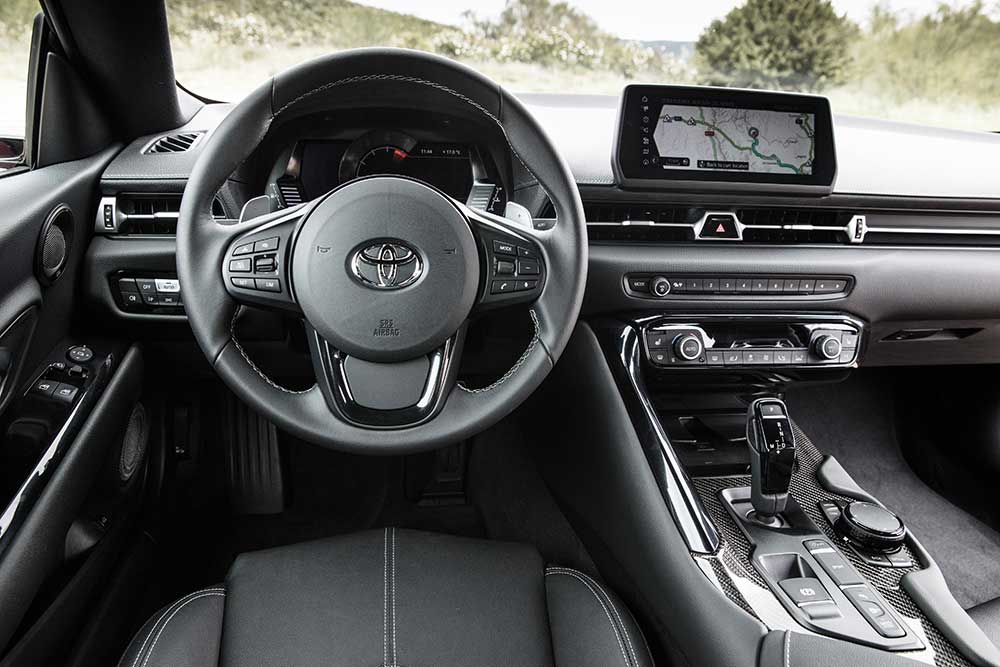
There’ll no doubt be a burgeoning aftermarket for the new car as well, which seems destined to follow its forebears to cult status. Right now, however, the Supra is new, rare and very much in demand. Toyota will only bring about 300 cars a year to the UK market, and they’re all already spoken for. Such was the buzz around this car, carefully built up over five years, that the first production model off the line was sold at a US charity auction for £1.63m. If you can find one, you’ll pay substantially less (albeit probably still over the odds to beat the queue). The Supra lines up alongside impressive competitors, including Alpine’s A110, Porsche’s evergreen 718 Cayman and perhaps the ageing Lotus Evora. Does it have what it takes to beat them?
While BMW went in a different direction with its half of the project and built a roadster for cruising, there’s a sense that the Supra isn’t an outright sports car either. Instead, it’s a swift super coupé, a tightly wound grand tourer that’s far more usable than the Lotus, less characterful than the Alpine and marginally less of an all-rounder like the Porsche. You’re almost always aware of the car’s weight, with poise and balance that isn’t quite as confidence inspiring as the Alpine or Porsche. Modern cars handle so well, that it’s a surprise to be handed something with a slightly twitchy character. This is obviously a big plus for some drivers; they’ll be taking their cars on a track at every opportunity. It’s also a bigger, more brutish machine than the GT86, Toyota’s well-respected, compact sports car that it introduced seven years ago (and still makes).
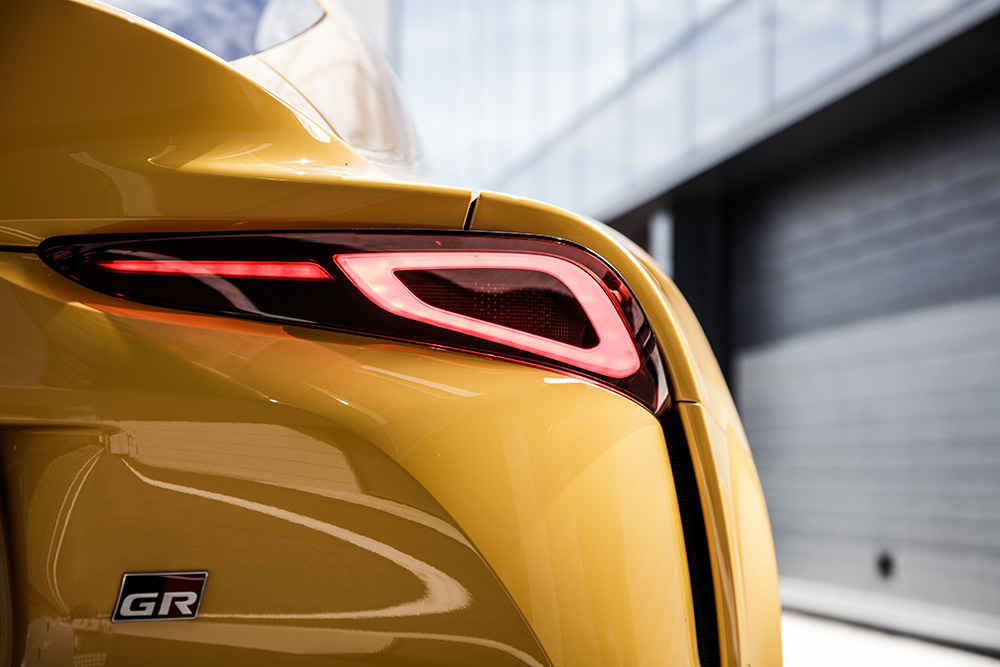
The BMW heritage is especially obvious on the interior, where practically every element comes from Munich, from the switches to the graphics. This is apparently due to the enormous complexity of the modern car, where software is so embedded in the hardware, that the shared engine demanded most of the code be ported over as well. If you need the code, you also need the interface, and so on. At this point, BMW’s software is arguably better than Toyota, but the German company's trademark skew-whiff cabin architecture and dash aesthetics only serve to highlight the Supra’s complex heritage. But that’s the modern car industry in a nutshell, a smorgasbord of influences and references served up on a bed of platform sharing and industrial collaborations.
The new Supra is a worthy bearer of the name. It might be a tad anachronistic in its ambitions, but this is hardly going to dissuade the enthusiasts – quite the opposite. For the rest of us, it demonstrates that in order to stand out, conventionally powered cars need a real point of difference as they near the end of their existence. As a result, the Supra has been designed to guarantee its future classic status.
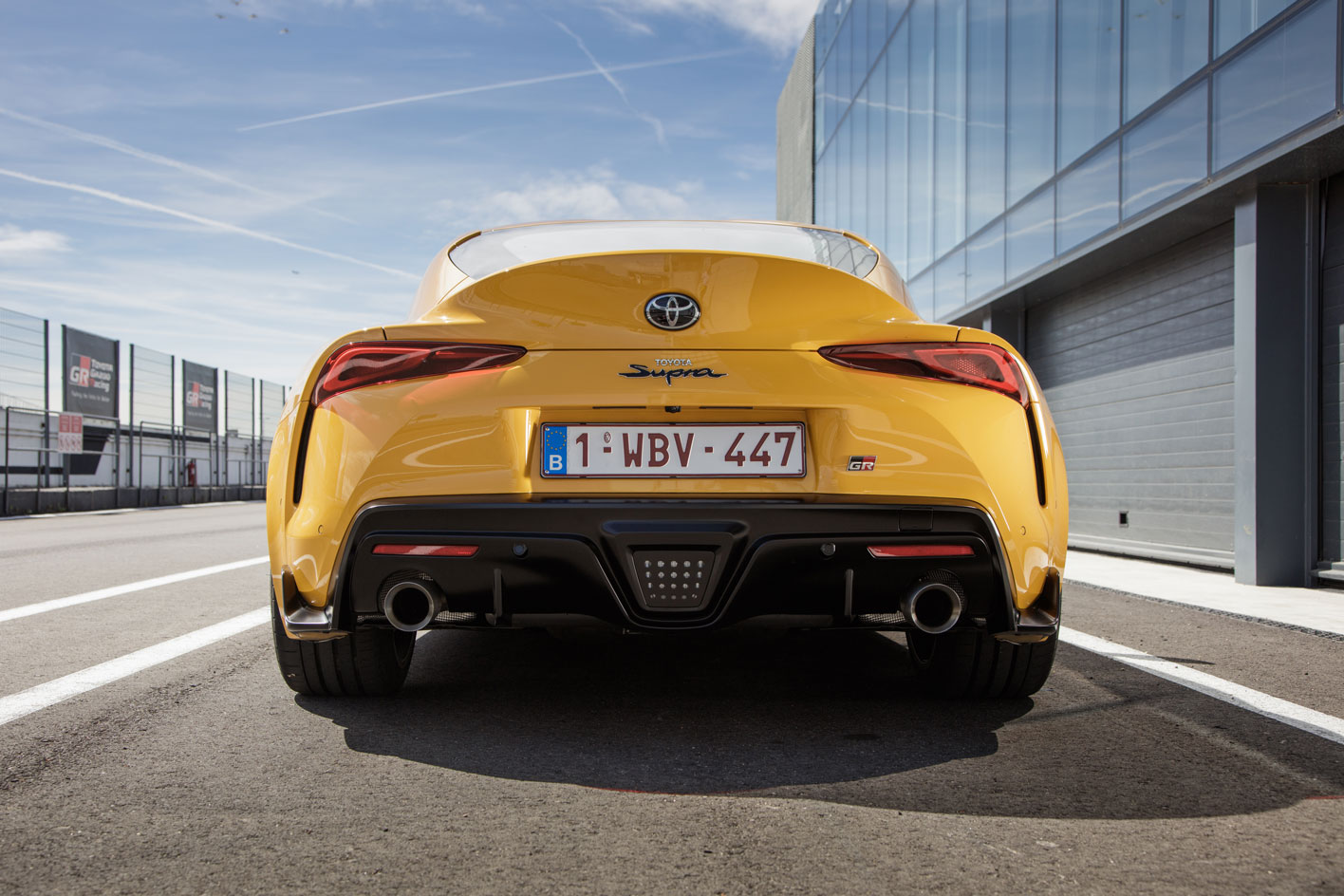
INFORMATION
Toyota Supra, from £52,695. toyota.co.uk
Receive our daily digest of inspiration, escapism and design stories from around the world direct to your inbox.
Jonathan Bell has written for Wallpaper* magazine since 1999, covering everything from architecture and transport design to books, tech and graphic design. He is now the magazine’s Transport and Technology Editor. Jonathan has written and edited 15 books, including Concept Car Design, 21st Century House, and The New Modern House. He is also the host of Wallpaper’s first podcast.
-
 Nadia Lee Cohen distils a distant American memory into an unflinching new photo book
Nadia Lee Cohen distils a distant American memory into an unflinching new photo book‘Holy Ohio’ documents the British photographer and filmmaker’s personal journey as she reconnects with distant family and her earliest American memories
-
 Hunker down in a perfectly equipped work-from-home hub this winter
Hunker down in a perfectly equipped work-from-home hub this winterIf your WFH set-up needs an upgrade, or if you need to kit out a new small business from scratch, we’ve got you covered
-
 All the winners from The Fashion Awards 2025
All the winners from The Fashion Awards 2025Every winner from The Fashion Awards 2025, which took place at the Royal Albert Hall yesterday evening in a ceremony presented by Colman Domingo
-
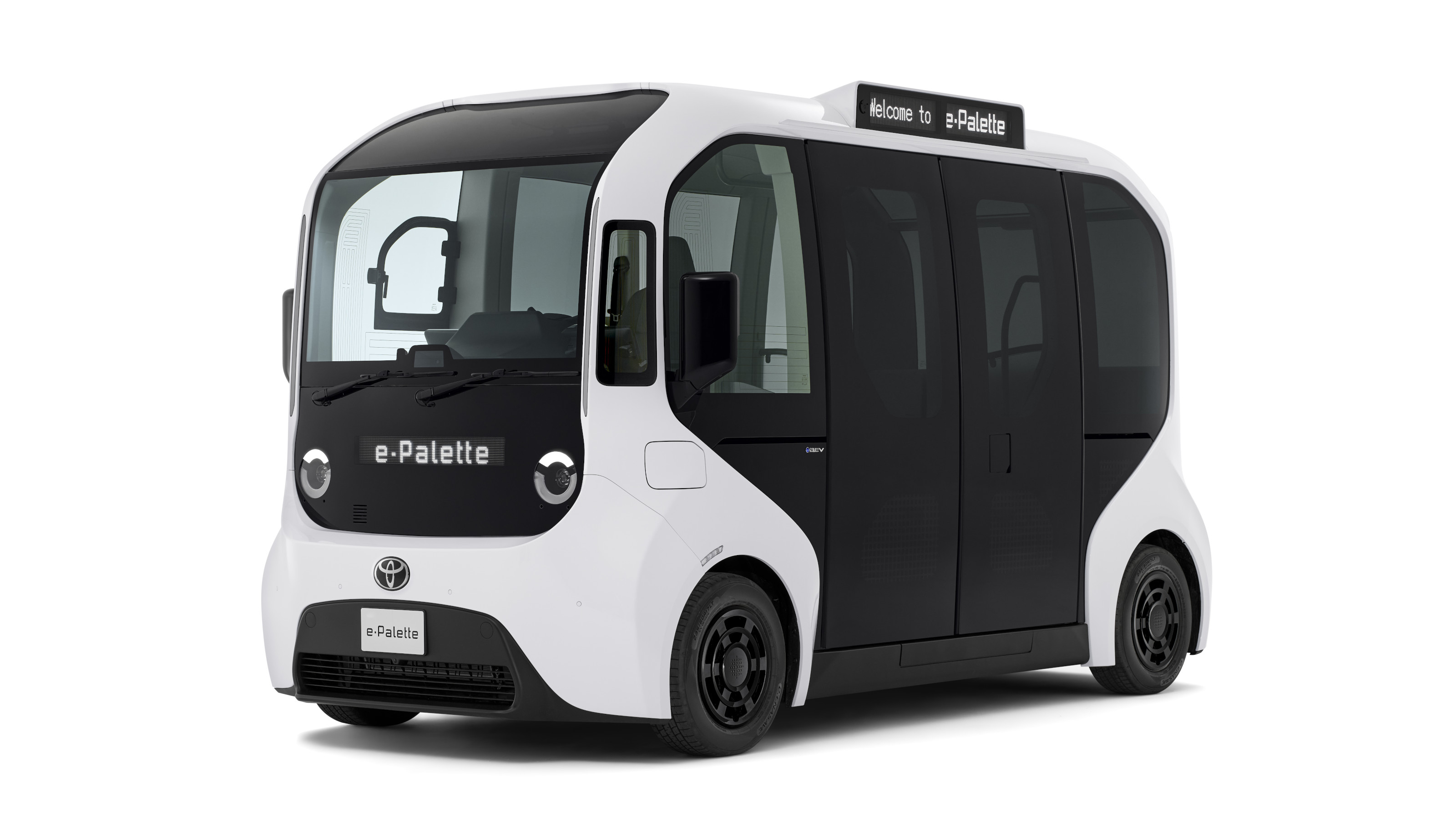 You can now buy Toyota’s robotised micro-bus, with more autonomy coming soon
You can now buy Toyota’s robotised micro-bus, with more autonomy coming soonThe Toyota e-Palette is the urban transport of the future, a multifunctional autonomous vehicle designed to cover several roles in the same day
-
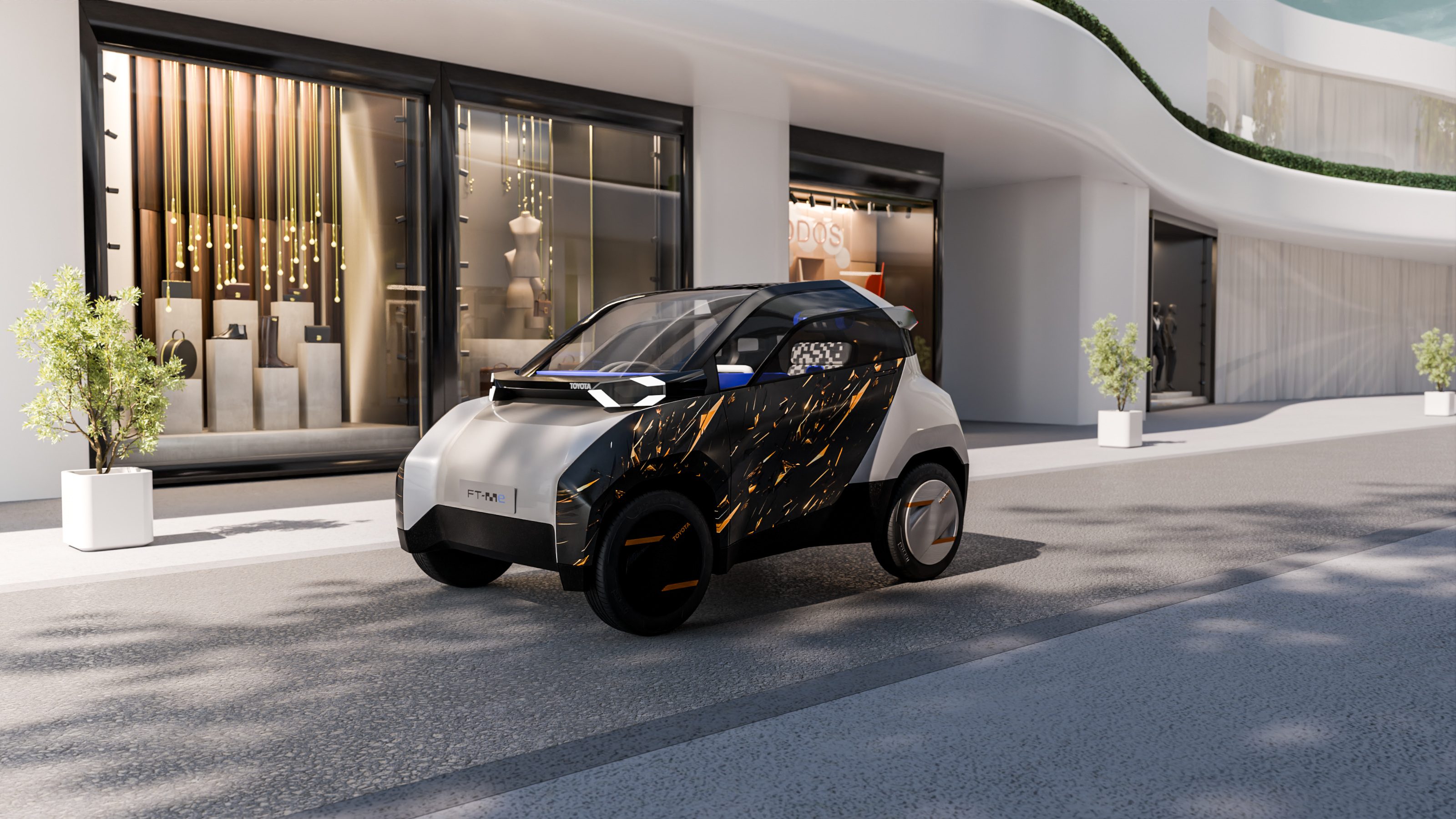 With the FT-Me Concept, Toyota is thinking big about the power of micromobility
With the FT-Me Concept, Toyota is thinking big about the power of micromobilityWe talk ultra-compact city cars with the head of New Mobility at Toyota Motor Europe
-
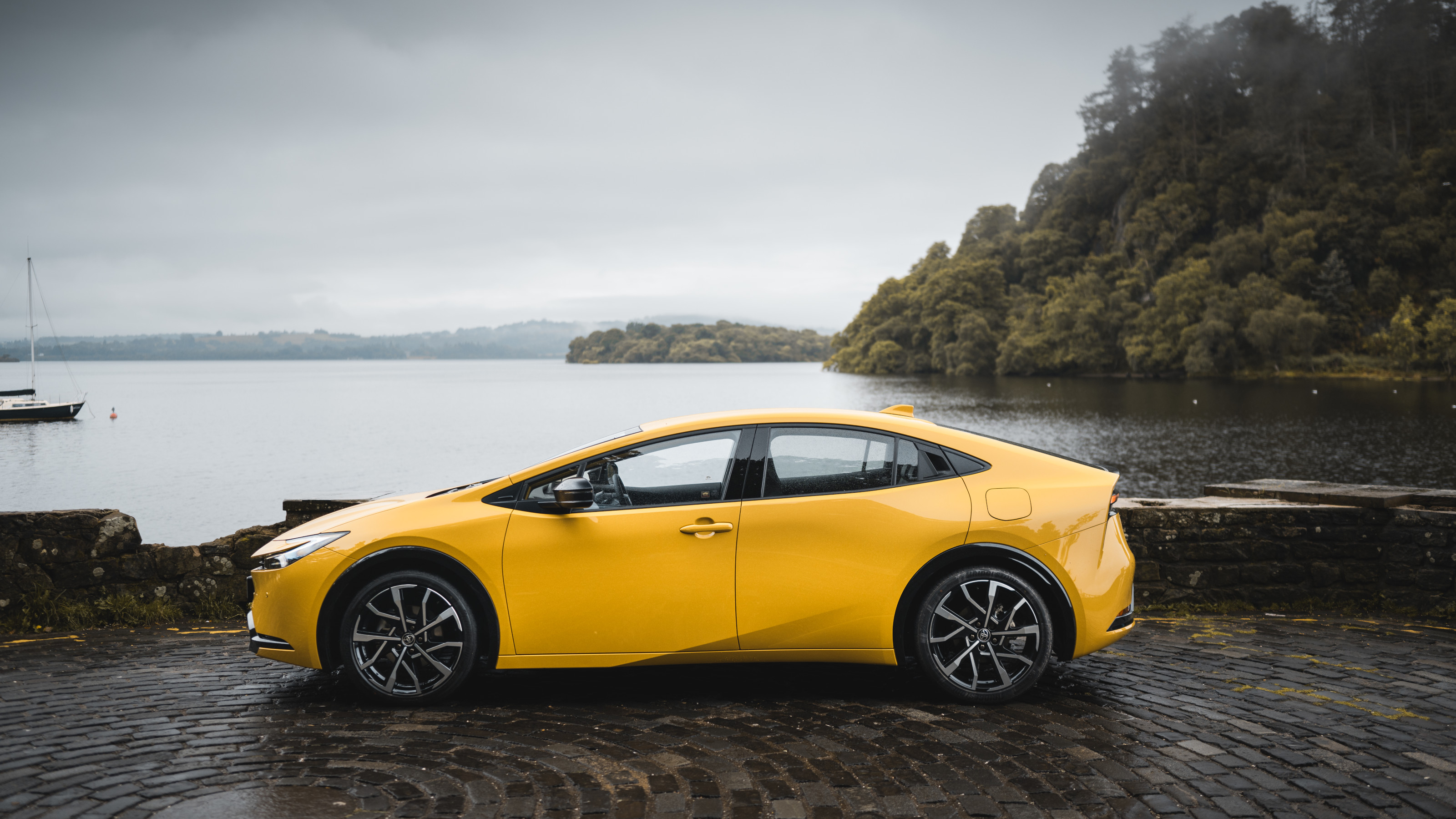 Why the Toyota Prius is the stealthiest and most discreet automotive choice you can make
Why the Toyota Prius is the stealthiest and most discreet automotive choice you can makeThe billions that Toyota poured into hybrid development has paid off. We sample the stylish fifth-generation Prius and reckon it’s the best yet
-
 Quirky but quotidian, Toyota’s C-HR has brave looks but is a risk-free proposition
Quirky but quotidian, Toyota’s C-HR has brave looks but is a risk-free propositionToyota’s oddball C-HR might have concept car looks, but it’s still a rigorously engineered machine for those who like their cars to be solid, safe and reliable
-
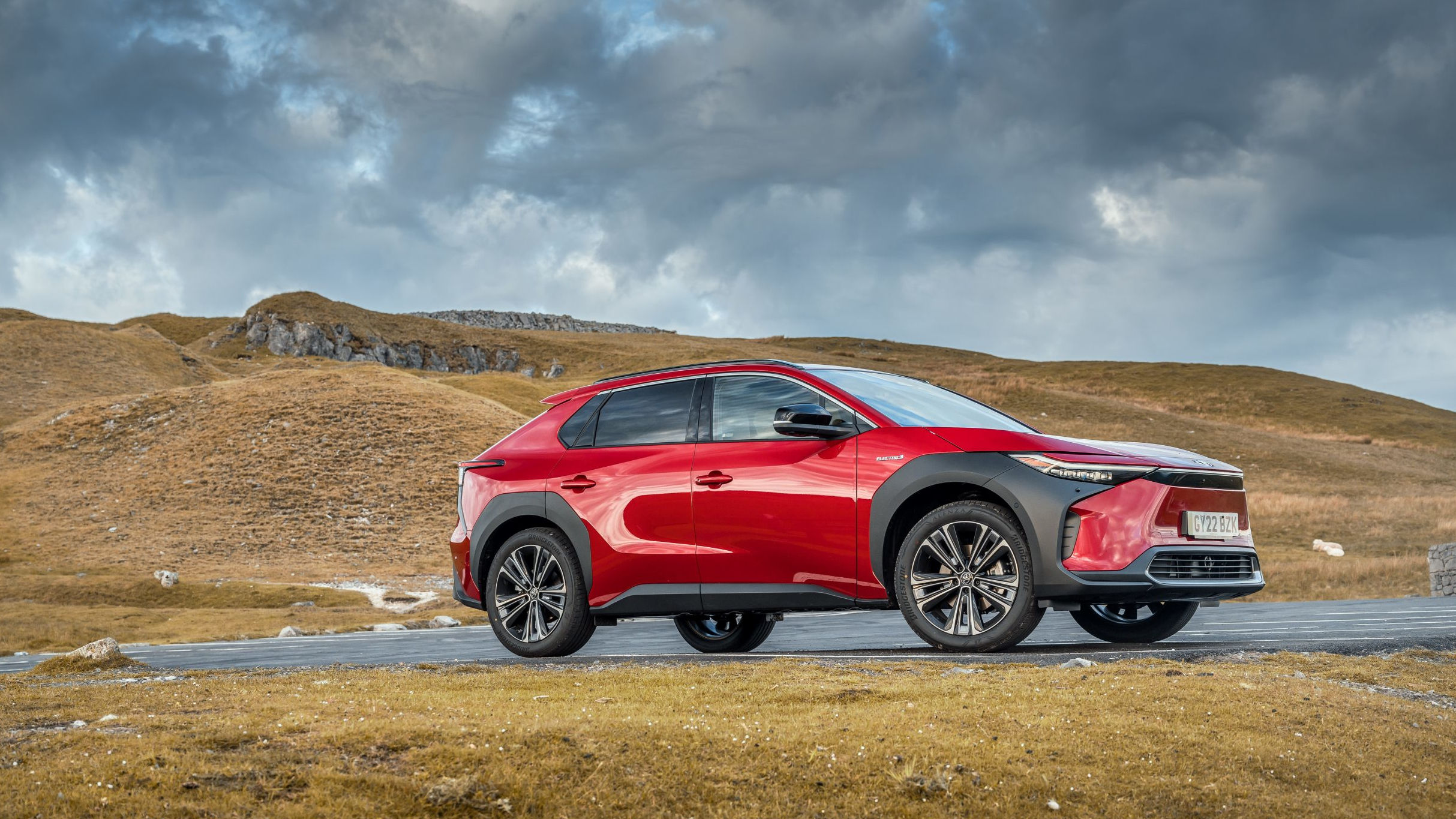 Toyota bz4X SUV is the marque’s first pure electric vehicle
Toyota bz4X SUV is the marque’s first pure electric vehicleThe Toyota bz4X is our first chance to explore how the long-standing masters of mass automobile production make an EV
-
 ICON celebrates 500 custom Land Cruisers with epic 1964 New School Edition
ICON celebrates 500 custom Land Cruisers with epic 1964 New School EditionLos Angeles-based ICON transforms classic off-roaders into paragons of contemporary style and performance. This is the 500th Land Cruiser the workshop has completed
-
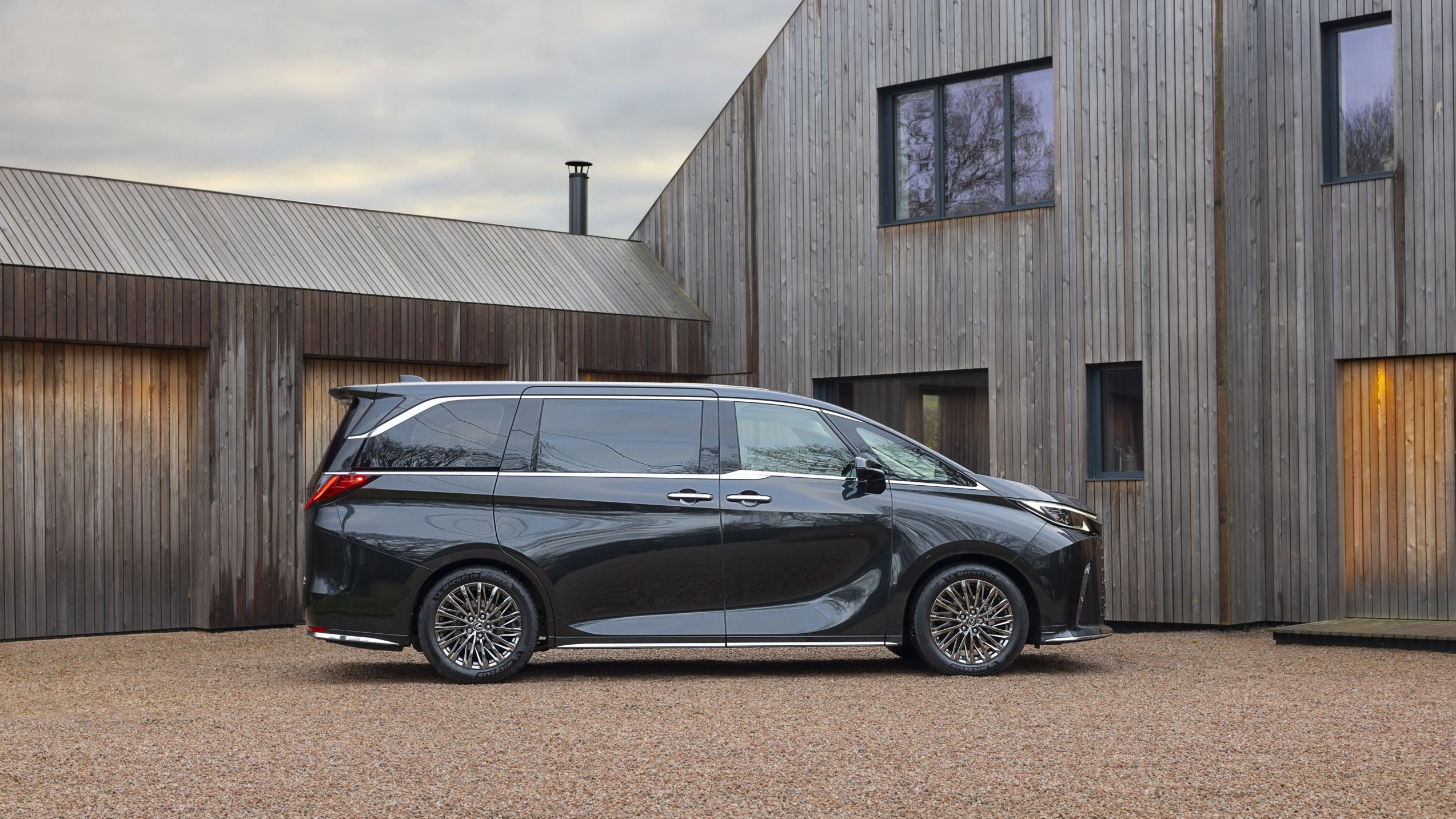 Lexus LM wants you to have the back-seat ride of your life
Lexus LM wants you to have the back-seat ride of your lifeThe back of the Lexus LM has the space, grace and accoutrements to rival a Rolls-Royce. Can this upscale minivan reinvent the luxury car?
-
 ICON transforms the humble Chevrolet Suburban into a minimalist monster
ICON transforms the humble Chevrolet Suburban into a minimalist monsterThe 1970 Reformer by ICON is low-riding reinterpretation of an old-school crossover, blending extreme custom performance with Miesian minimalism